Introduction
Quick Closure technology revolutionizes access and safety in industrial applications. Industries like oil, gas, and pharmaceuticals depend on this innovative solution for efficient operations. Quick Closures, or QOCs, provide secure, rapid access to pressurized vessels. This capability is crucial in environments where time and safety are paramount. EMT closures stand out in the market. They are available in both vertical and horizontal configurations. This versatility ensures a perfect fit for various operational setups. Users can operate these closures single-handedly within a minute, eliminating the need for additional tools. This ease of use significantly reduces downtime during critical maintenance tasks such as filter changes.
Moreover, EMT closures cater to a wide size range, from 8 inches to 72 inches, and can withstand pressures from ANSI 150 to ANSI 2500. Such robust specifications make them ideal for demanding tasks like natural gas filtration. The design also includes enhancements like sight glasses, sampling ports, and safety interlocks. These features enhance functionality and safety. As industries continue to seek faster and safer operational processes, Quick Closure technology emerges as a key player in meeting these needs effectively.
Understanding Quick Closure Systems
Definition and Basic Concept
Quick Closure systems are pivotal in industries where efficiency and safety converge. These systems provide secure, rapid access to pressure vessels and pipelines, crucial in sectors such as oil, gas, and chemicals. A Quick Closure system simplifies the traditional, time-consuming process of opening and closing heavy-duty industrial containers. This innovation significantly cuts downtime and enhances safety during critical maintenance operations.
The basic concept of Quick Closure revolves around a mechanism that allows for fast and secure opening and closing of vessel doors or covers. Key components of these systems typically include sealing elements, locking mechanisms, hinges, and often, safety interlocks. These elements work together to ensure airtight sealing and robust, reliable operation under high-pressure conditions.
History and Evolution
The origin of Quick Closure technology dates back to the need for quicker maintenance turnarounds in industrial processes. As industries evolved, so did the technologies supporting them, leading to the development of these advanced closure systems. Initially, Quick Closures were simple designs aimed at improving access times. Over the years, they have transformed into sophisticated systems featuring automation, enhanced safety features, and adaptability to various environmental conditions.
Today, innovations in Quick Closure technology continue to emerge, driven by increasing demands for operational efficiency and stringent safety standards. Modern Quick Closures now incorporate advanced materials and engineering techniques. They offer features such as sight glasses for visual inspection, gauges for pressure monitoring, and sampling ports for quality checks without full system shutdowns. Additionally, the flexibility in design allows for their application in both horizontal and vertical configurations, accommodating a wide range of industrial needs.
EMT closures represent a significant advancement in this field. They are designed for ease of use, allowing a single operator to perform openings and closings in just one minute without additional tools. This feature is particularly beneficial in applications like natural gas filter separators, where frequent access is necessary for filter replacements. EMT closures are available from 8 inches to 72 inches and can handle pressures ranging from ANSI 150 to ANSI 2500, making them versatile for various high-pressure applications.
As the industry continues to push for higher efficiency and safety, Quick Closure systems are at the forefront, offering solutions that meet these critical demands. They not only improve operational efficiencies but also contribute significantly to workplace safety, making them an indispensable part of modern industrial operations.
Types of Quick Closure Systems
Quick Closure systems come in various designs, each tailored to meet specific industrial needs. These systems streamline operations by providing rapid, secure access to vessels and pipelines, crucial in many high-stakes environments. Among the most popular types are Threaded Closures and Clamp Closures, each offering unique benefits and suited to different applications.
Threaded Closures feature a simple yet effective design. They employ a threaded mechanism where the door or cover screws into or onto the body of the vessel. This design ensures a tight, secure seal, making it ideal for high-pressure applications often found in the petrochemical and oil sectors. The main advantage of Threaded Closures lies in their reliability and the robust seal they provide. However, they do require more time to open and close compared to other types, which could be a drawback in situations where frequent access is necessary.
Transitioning to another innovative type, Clamp Closures offers a quicker alternative. These systems utilize a clamping mechanism that locks and unlocks the closure with minimal effort. The operator simply engages or disengages the clamp to access the vessel, significantly reducing the time needed for opening and closing. This type of closure is particularly advantageous in industries where speed is of the essence, such as in food processing and pharmaceuticals. Clamp Closures not only enhance operational efficiency but also reduce labor costs by simplifying the opening process.
Clamp Closures stands out by offering a balance of security and quick access. They are ideal for applications requiring frequent entry into vessels, as they minimize downtime and increase productivity. Unlike Threaded Closures, Clamp Closures allow for rapid opening without compromising the safety or integrity of the seal. This makes them a preferred choice in many dynamic industrial settings where time and safety are equally critical. As industries continue to evolve, the adoption of such efficient Quick Closure systems plays a critical role in maintaining high operational standards.


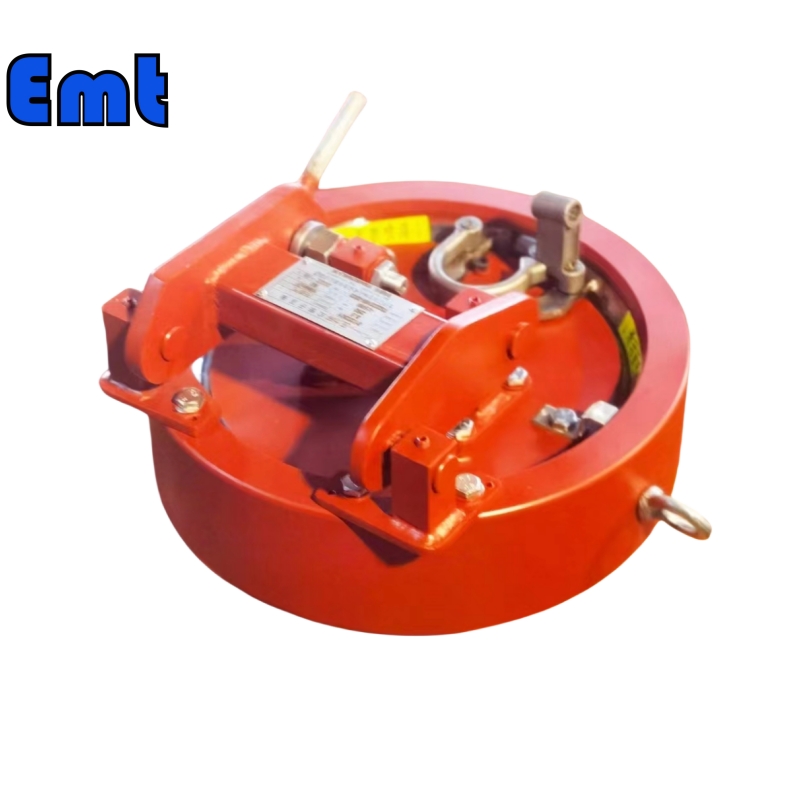
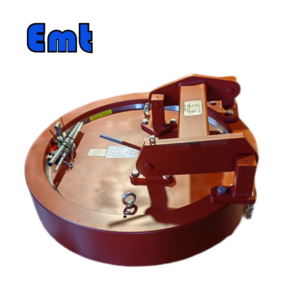
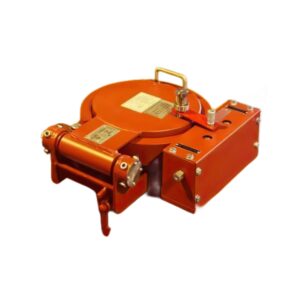

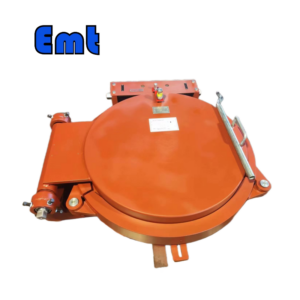
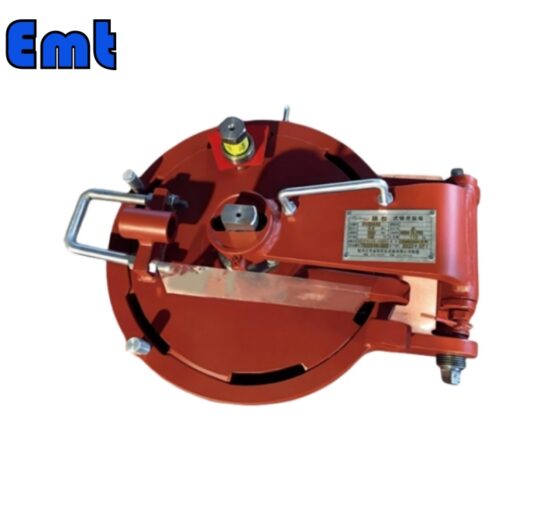
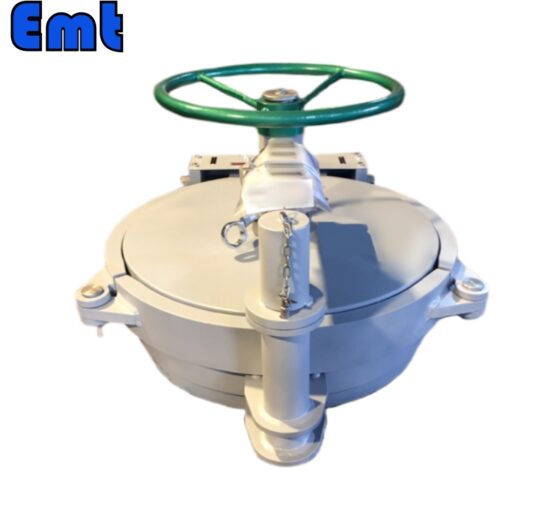
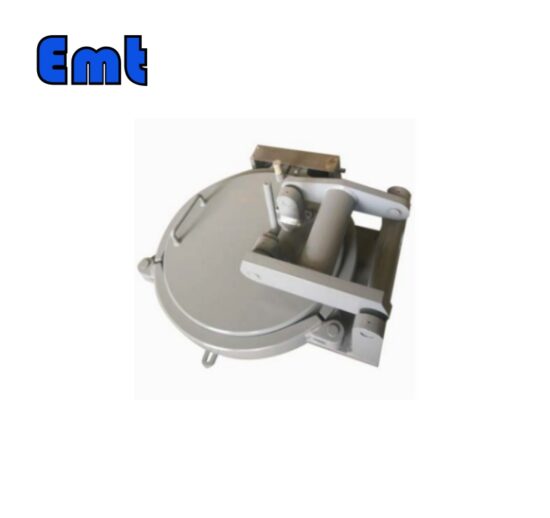
There are no reviews yet.